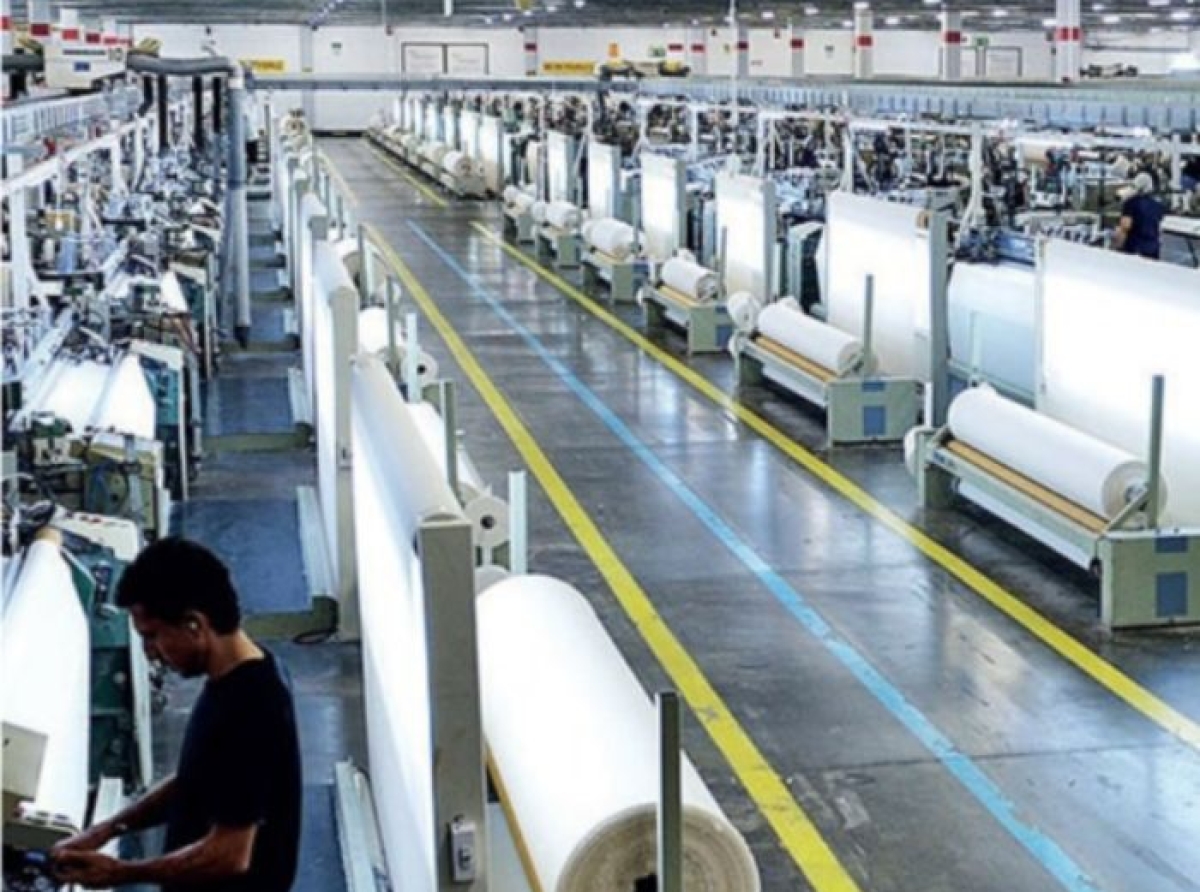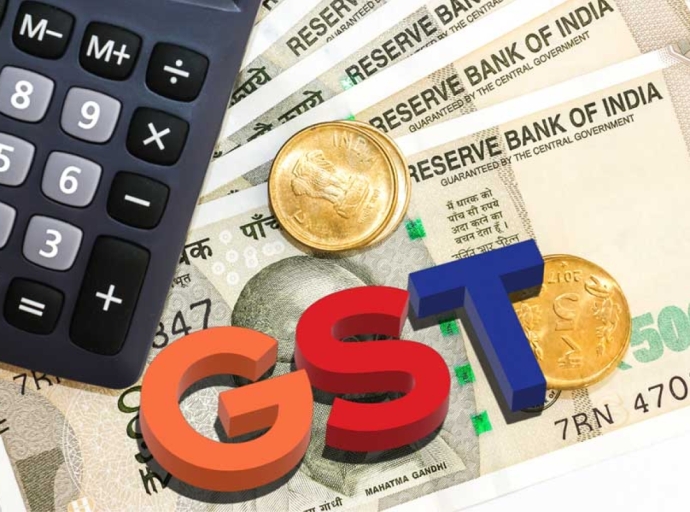13 January 2023, Mumbai
Supply chains in the apparel industry are evolving. The industry's total market size now is US$ 122 billion, including exports and local consumption. India could reach a US$400 billion market by 2030 with a growth of 9% in the local market and 8% in exports.
Manufacturing quality is the primary factor that guarantees any industry's continued success.
Support system
India's first country-specific size chart is being created by the National Institute of Fashion Technology (NIFT) to provide Indians with better-fitting clothing. "Indians will appear more beautiful and feel more confident wearing clothing customized using a size chart created explicitly for the size and shape of the Indian body.
The textile ministry on its part has launched several initiatives to promote the brand India on various global platforms by showcasing its strength in sustainability, ethical sourcing, and manufacturing, labor standards, and women's employment.
Initiatives like undertaken earlier by trade nodal agency, AEPC implementing an ambitious project “Common Code of Conduct – DISHA” for capacity building in apparel/garment/clothing sector with financial support from the Ministry of Textile (MoT) have gone a long way in the given direction to promote the brand India.
Skill development
Concerns mounting as if India has to hit 100$Bn as per what the Government of India targets set as a pathway to growth in the 'Azadi Ka Amrit Mahotsav' national initiative as appealed by Hon'ble PM, Narendra Modi of India to achieve US$ 100 Billion export for textile products by 2030 Vis-à-vis $42 of the previous year.
Numerous initiatives to address the Skill Gap's needs to enhance working conditions, develop skills, and promote the well-being of women employees have been inspired by the significant attention given to women's contributions to and issues within the global apparel business over the past ten years.
Women empowerment
Importance of women in this field; Three crucial areas for global textile sector investment—in cooperation with other sectors—to enhance the economic empowerment of women workers and further strengthen existing efforts' successfully via collaboration throughout the whole value chain and beyond to address this core issues and support improvements.
Examples of such efforts already exist, such as Marks & Spencer's and other garment manufacturers' Providing Opportunities to Women on Equal Rights (Control) Project in India.
Employers Employees kinetics The industrial relationship is a function of Employers' Employees for understanding the underlying robustness of any workplace to gauge the deeper issues of workforce productivity and sound business health and its sustainable future
Where do we go
The evolution from analog to digital technology was accomplished using integrated systems in apparel sector as Apparel 4.0 is perceived by people with its implementation.
The industry will need to restructure, perform, and modify its traditional functioning and outlook to meet this ambitious growth aim. It is high time Government looks into these 'Apparel 4.0 as Industry' technologies as high-priority sectors and creates world-class technology companies that will make India truly "Atmanirbhar" and bring foreign currency on export.
Latest Publications


































